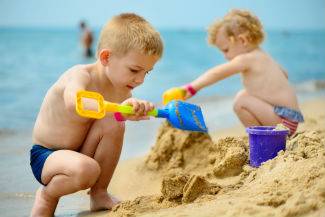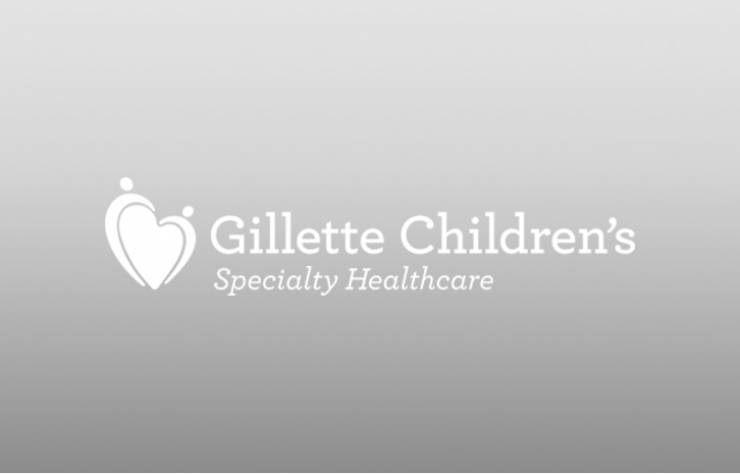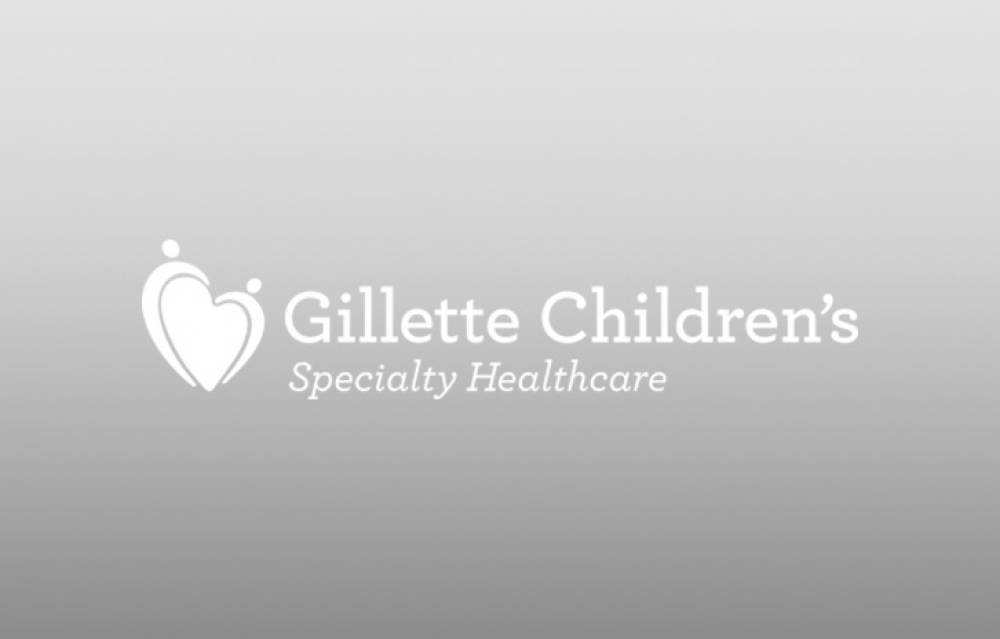-
{care_team_members status="Open|hide from care team page"}
-

{care_team_members:ct_first_name} {care_team_members:ct_last_name}
{care_team_members:ct_full_title}
{/care_team_members}
person:channel_short_name: {person:channel_short_name}
person:
title: {person:title}
-
{links}
{/links}
No category selected to display locations. Locations Dynamic
-
{locations}
- {locations:title} {/locations}
-
{widget}
{widget:widget_content}
- {widget:widget_content:tab_title} {/widget:widget_content} {/widget}
For many children and families, summer means plenty of fun in the sun. Parents, however, need to be cautious. Many outdoor activities can end with injuries or – even worse – a trip to the emergency room, warn pediatric trauma experts from Gillette Children’s and Regions Hospital.
 “Summer is the busiest time of year for our trauma center,” says Michael McGonigal, MD, Director of Trauma Services. “The good news is that the vast majority of these injures are preventable.”
“Summer is the busiest time of year for our trauma center,” says Michael McGonigal, MD, Director of Trauma Services. “The good news is that the vast majority of these injures are preventable.”
It's a good time to remind families about activities that regularly land children in the hospital, especially since it's National Safety Month, McGonigal says. He offers a few tips on how to prevent injuries:
- Water safety: Piloting a boat isn’t like driving a car. There aren’t lanes and you can’t assume people are looking out for you. Keep your eyes peeled for other boaters, jet skis, swimmers and people dragging tubers. Never consume alcohol while boating or during water recreation. Among adolescents and adults, alcohol use is involved in up to 70 percent of deaths associated with water recreation, according to the Centers for Disease Control and Prevention. Most importantly, children should always wear life jackets. Designate an adult to be a “water watcher” with children swimming in a pool or lake.
- Burns: Don’t assume a fire pit is cool – even the morning after a campfire. Seemingly cool logs can cause third-degree burns and ignite flammables like gasoline. Never let kids or pets wander over an open fire pit – even if it appears as if embers are cool and grey. Each year, Regions Hospital Burn Center sees an average of 10 children with serious campfire burns.
- Fireworks are dangerous. Period. Even sparklers can cause burns and blindness. Mishaps with larger fireworks can end in loss of digits, limbs and even life. Nationally, more than half of firework injuries happen to children younger than 19 years old.
- Lawnmowers and kids don’t mix. Both riding and push mowers can cause serious injuries. The dangers of a spinning blade are obvious, but kids can be seriously hurt falling off riding mowers as well. Keep young children inside while mowing. Children should be at least 12 years old before operating a push mower and at least 16 before operating a riding mower.
- Trampolines are an especially common culprit of summertime injuries. In addition to broken bones, fractures and sprains, kids can sustain serious head and spinal trauma. If trampoline use is unavoidable, install safety netting around the trampoline and cover its frame, springs and nearby landing surfaces with shock-absorbing pads. Trampolines should be assessed often for tears or equipment malfunctions. Only one person should be on at a time and adults should always supervise.
If a child does injure themselves, parents should take an assessment of the situation and provide first-aid if necessary. If symptoms or pain worsen, parents should schedule an appointment with a health care provider. For any serious injuries, parents should immediately take their child to the emergency room or call 911.
About Level I Pediatric Trauma Care
Gillette Children’s and Regions Hospital, which are located on the same campus, have a partnership that earned certification as a Level I Pediatric Trauma Center. This partnership provides emergency trauma services at Regions and long-term care and rehabilitation at Gillette. Level I Pediatric Trauma Centers meet strict requirements and have a specially trained team of health care providers, available on-site 24/7 for critically injured children, especially moderate to severe trauma cases. The designation is also important because research shows that the risk of death for injured children is significantly lower when care is provided in pediatric trauma centers than in non–pediatric centers.



